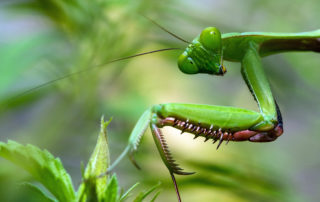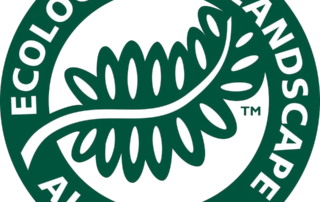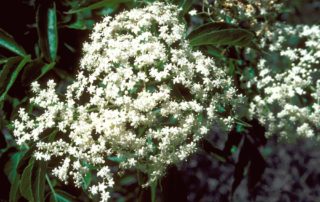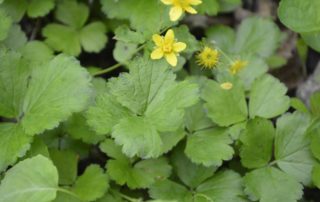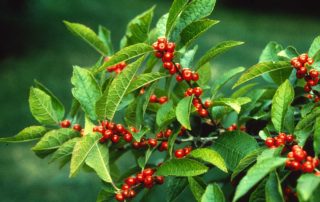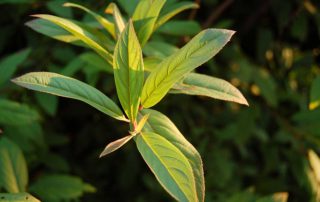Conservation Biological Control
The balance of nature depends on the activities of parasites and predators, the majority of which are insects. Many insects, including caterpillar hunter beetles, pirate bugs, and praying mantises, keep populations of herbivorous insects in check. Equally important are parasitic insects, a prime example being braconid wasps. Conservation Biological Control eliminates the use of pesticides and chemicals by promoting the population of these beneficial insects.

